Azithromycin for Cats Made Simple: A Vet-Backed Guide for Pet Parents
Among the most trusted antibiotics used in feline medicine is Azithromycin, a macrolide antibiotic well-regarded for its broad-spectrum activity, convenient dosing, and high tissue penetration. Azithromycin Tablets for Cats are prescribed for a wide range of conditions due to their effectiveness against numerous Gram-positive and Gram-negative bacteria. In this detailed guide, we’ll explore the indications, how it works, proper dosage, safety considerations, and veterinary-backed research supporting its use in feline medicine.
What Is Azithromycin?
Azithromycin belongs to the macrolide class of antibiotics and is extensively used in both human and veterinary treatment plans. It works by inhibiting bacterial protein synthesis, which stops the growth and multiplication of harmful bacteria.
In veterinary use—especially in cats—it’s prescribed to treat a wide range of bacterial infections due to its powerful antimicrobial properties, long-lasting action, and excellent tissue penetration. Azithromycin is particularly effective against:
- Mycoplasma spp.
- Chlamydia felis
- Bordetella bronchiseptica
- Pasteurella spp.
- Bartonella henselae
Key Characteristics:
- Broad-spectrum activity against Gram-positive and Gram-negative bacteria
- Excellent tissue penetration, especially in lungs and skin
- Long half-life, allowing once-daily dosing
- Anti-inflammatory properties, beneficial in chronic infections
- Fewer gastrointestinal side effects compared to other antibiotics
Indications: When Are Azithromycin Tablets Used for Cats?
Azithromycin is commonly prescribed by veterinarians for the following cat-specific conditions:
1. Upper Respiratory Tract Infections (URTIs)
- Caused by bacteria such as Bordetella bronchiseptica, Chlamydia felis, and Mycoplasma spp.
- Symptoms: Sneezing, nasal discharge, conjunctivitis, coughing
- Azithromycin is highly effective due to its lung tissue penetration
2. Ocular Infections
- Used for bacterial conjunctivitis, often caused by Chlamydia felis
- Reduces inflammation and clears discharge effectively
3. Skin and Soft Tissue Infections
- Treats abscesses, infected wounds, and dermatitis
- Often used when conventional antibiotics fail or are contraindicated
4. Periodontal and Dental Infections
- Fights infections in the gums or after dental surgery
- Its anti-inflammatory effect supports quicker healing
5. Toxoplasmosis (Adjunct Therapy)
- Sometimes used alongside antiprotozoal drugs
- Controls secondary bacterial infections or inflammation
6. Gastrointestinal Infections
- Helps treat diarrhea caused by bacterial overgrowth or infections
- Often used when other antibiotics lead to GI distress
7. Bartonella Infections (Cat Scratch Disease)
- Effective against Bartonella henselae, which can also affect humans
- Recommended in both clinical and carrier cats
8. Mycoplasma Haemofelis (Feline Hemotropic Mycoplasmosis)
- Often paired with doxycycline but used when tetracyclines can’t be given
How Does Azithromycin Work in Cats?
Azithromycin targets bacterial ribosomes (50S subunit), inhibiting the synthesis of essential proteins. This bacteriostatic action stops bacterial growth and allows the cat’s immune system to clear the infection.
Key Mechanisms:
- Blocks bacterial replication by halting protein production
- Prolonged half-life means that even after stopping therapy, therapeutic levels persist for several days
Onset and Duration of Effect
- Onset: 1–2 hours after oral administration
- Peak effect: Within 24–48 hours
- Half-life: 35–40 hours in cats
Recommended Dosage and Usage Instructions for Azithromycin in Cats
Administering Azithromycin Tablets correctly is essential to ensure treatment success and minimize the risk of side effects or resistance. Always follow your veterinarian’s prescription and guidance, as dosages may vary depending on your cat’s weight, age, and the nature of the infection.
Standard Dosage Guidelines
| Cat Weight | Typical Dosage | Frequency | Duration |
| 1–2 kg | 5–12.5 mg | Once daily | 3–5 days (extendable) |
| 2–4 kg | 12.5–25 mg | Once daily | 5–10 days |
| 4–6 kg | 25–37.5 mg | Once daily | 5–10 days |
| >6 kg | Up to 50 mg (if advised) | Once daily | As prescribed |
Note: Dosage may vary depending on infection severity, site, and vet discretion.
When and How to Administer
- Time of Day: Once daily, preferably at the same time each day.
- With or Without Food: Can be given with or without food. Giving with food may reduce stomach upset.
- Form: Usually comes in tablet form, but may be compounded into a liquid by your vet for easier administration.
- How to Give:
- Use a pill pocket, mix in food, or administer directly using a pill dispenser.
- Ensure your cat swallows the full dose—do not split unless instructed.
Tips for Easy Administration
- Wrap the tablet in a small treat or soft cheese.
- Crush and mix with strong-smelling wet food (if approved by your vet).
- Ask your vet for a flavored liquid alternative if your cat resists tablets.
Treatment Duration
- Most infections require 3–5 days of treatment.
- Chronic or stubborn infections may need up to 10 days or longer.
- Always complete the full course, even if your cat seems better, to avoid bacterial resistance or recurrence.
Important Reminders
- Do not skip doses or stop early unless advised.
- Watch for side effects like vomiting or diarrhea—report persistent symptoms to your vet.
- Never double-dose if a dose is missed. Wait for the next scheduled time.
Safety Notes and Side Effect Warnings for Azithromycin Tablets in Cats
Azithromycin is a widely used antibiotic in feline medicine, but like any medication, it must be used responsibly to ensure both effectiveness and safety.
Safety Precautions
- Veterinary Supervision is Essential:
Only use Azithromycin if prescribed by a vet. Misuse can lead to antibiotic resistance and ineffective treatment. - Proper Dosage is Critical:
Never exceed the recommended dose. - Monitor Cats with Liver Conditions:
Azithromycin is processed through the liver. - Hydration Support:
Ensure your cat has access to fresh water at all times to support kidney and liver function during antibiotic use.
Contraindications
Avoid using Azithromycin in the following cases:
- Known hypersensitivity or allergy to macrolide antibiotics (e.g., erythromycin, clarithromycin)
- Severe hepatic disease
- History of severe gastrointestinal reactions to antibiotics
- Concurrent use with certain medications (e.g., antiarrhythmics, antacids, ergot derivatives) unless prescribed with care
Possible Side Effects
Mild Side Effects (Most Common):
- Nausea or vomiting
- Mild diarrhea or soft stools
- Temporary loss of appetite
- Lethargy or sleepiness
Serious Side Effects (Rare but Concerning):
- Severe vomiting or persistent diarrhea
- Jaundice (yellowing of gums, eyes, or skin)
- Irregular heartbeat
- Allergic reactions: facial swelling, breathing difficulty, hives
- Neurological signs: disorientation, seizures (extremely rare)
If any serious symptoms occur, stop the medication immediately and contact your veterinarian.
Clinical Research and Veterinary Endorsements
Azithromycin is widely supported in feline medicine due to its proven efficacy, excellent tissue penetration, and safety profile. Clinical studies and veterinary reports confirm its effectiveness in treating various bacterial infections in cats.
- Respiratory Infections: Studies show significant improvement in cats with Mycoplasma felis, Chlamydia felis, and Bordetella Azithromycin reduced nasal and ocular discharge within 2–3 days.
- Ocular Infections: Systemic azithromycin has shown success in treating Chlamydia-related conjunctivitis, especially in cases where topical treatment is impractical.
- Skin and Wound Infections: Veterinary dermatology case reports highlight azithromycin’s effectiveness in abscesses, bite wounds, and chronic skin infections—especially when other antibiotics fail.
- Bartonella (Cat Scratch Disease): Recommended as a first-line therapy. A 3-week course helped resolve symptoms and reduce zoonotic transmission risk in multi-cat homes.
- Pharmacokinetics: Research confirms high tissue concentrations, long half-life (~35–40 hrs), and strong intracellular retention—making it suitable for once-daily dosing.
- Toxoplasmosis Support: While not a primary drug, azithromycin has adjunct value in managing secondary infections and inflammation in toxoplasmosis cases.
- Veterinary Approval: Frequently used off-label by vets and endorsed in clinical guidelines, especially for cats in shelters or with chronic bacterial conditions.
Benefits of Azithromycin Tablets for Cats
- Broad-spectrum bacterial coverage
- Once-daily, easy administration
- Well tolerated with minimal GI upset
- Suitable for both acute and chronic infections
- Anti-inflammatory properties aid recovery
Conclusion
Azithromycin Tablets for Cats offer a powerful and reliable solution for treating a wide range of bacterial infections, from respiratory and skin issues to ocular and gastrointestinal conditions. Their broad-spectrum action, high tissue penetration, and convenient once-daily dosing make them a preferred choice among veterinarians.When used responsibly under veterinary supervision, Azithromycin can deliver fast, effective relief with minimal side effects. However, proper diagnosis, accurate dosing, and adherence to treatment duration are essential to ensure success and avoid antibiotic resistance. Backed by scientific research and clinical success, it provides fast, reliable relief when used correctly under veterinary guidance. However, like any antibiotic, proper dosage, monitoring, and completion of the full course are critical to ensure effectiveness and prevent resistance.







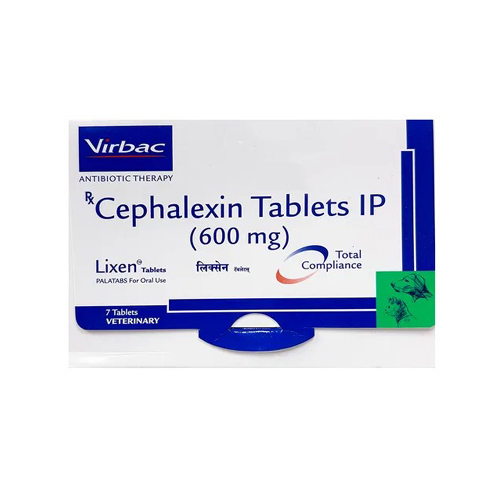
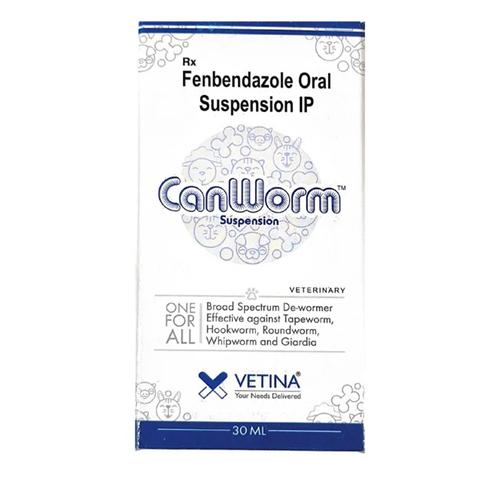



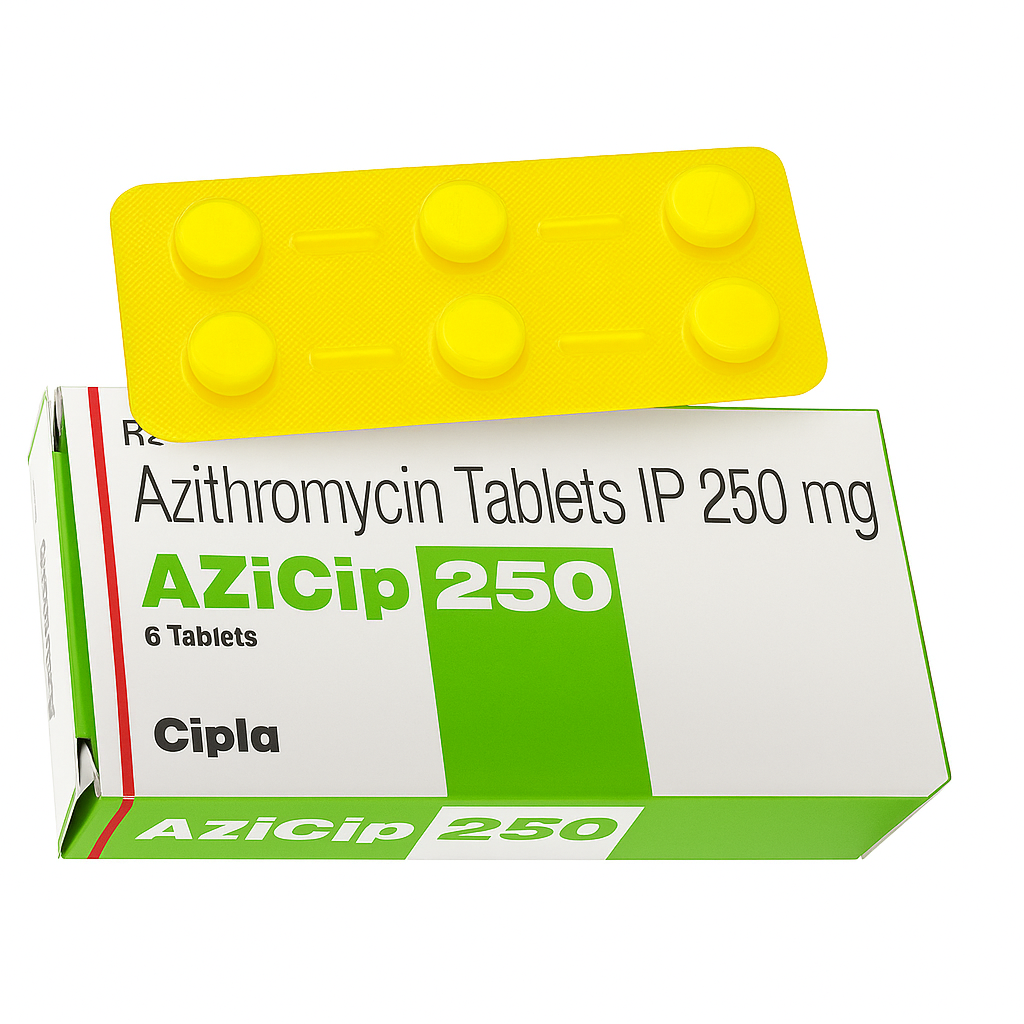
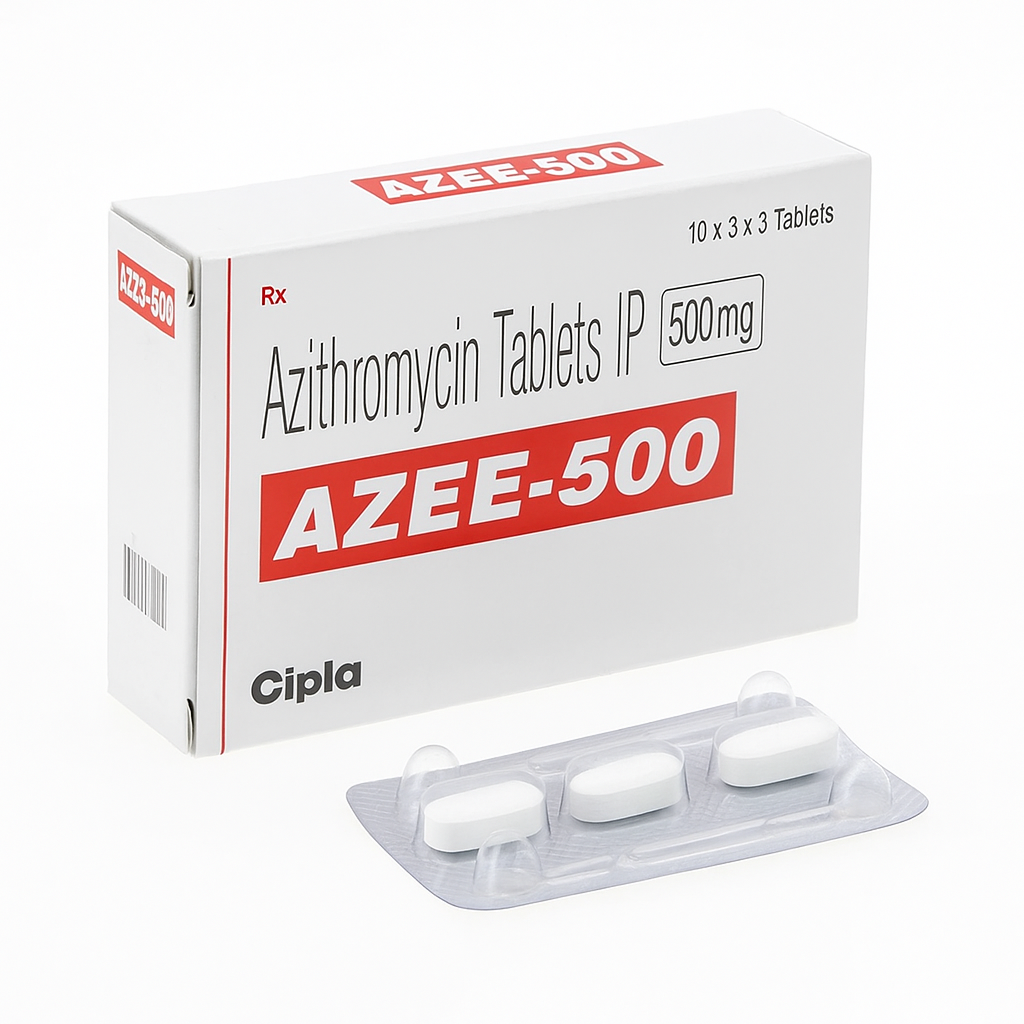



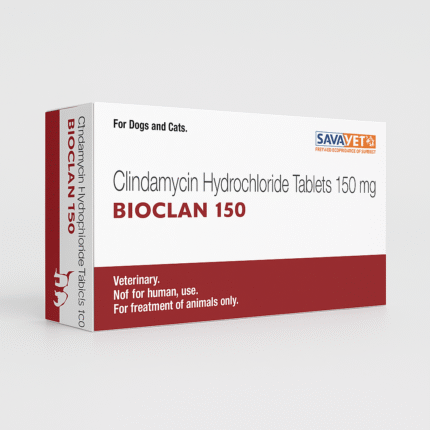
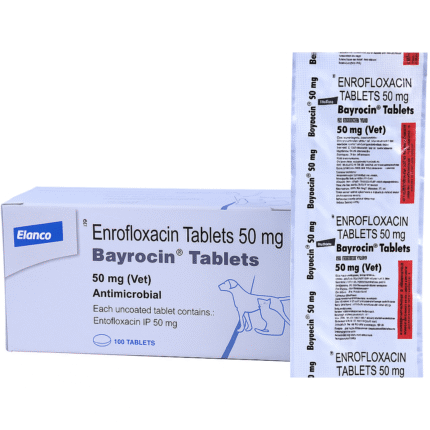
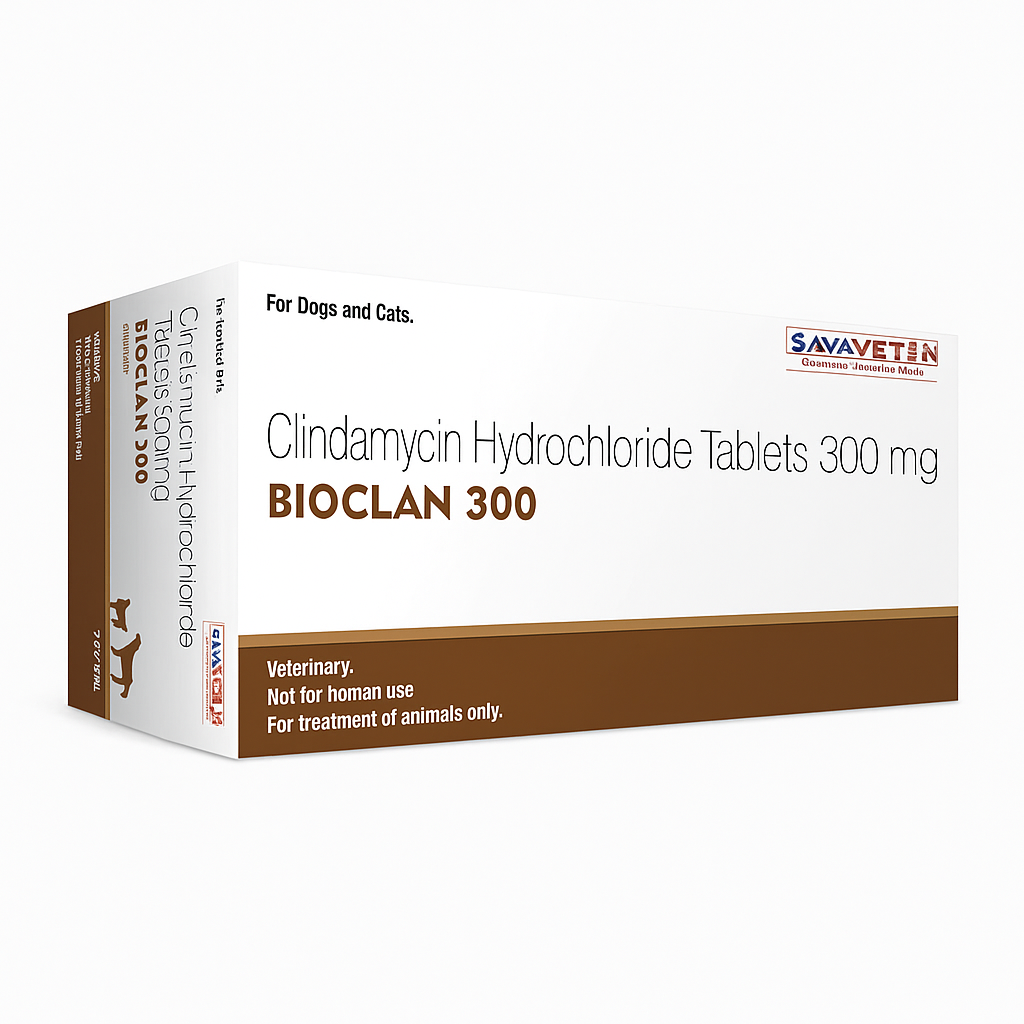
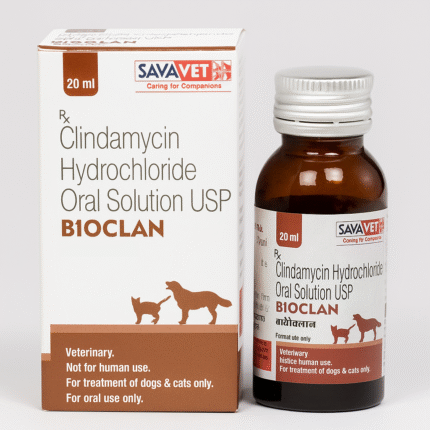

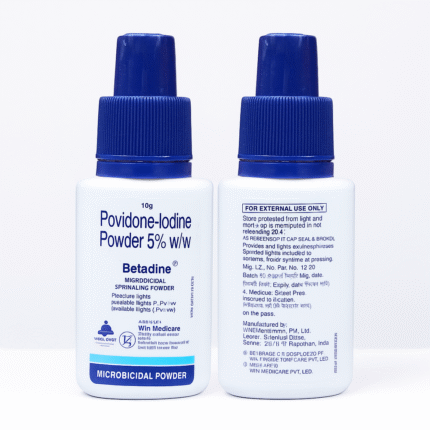


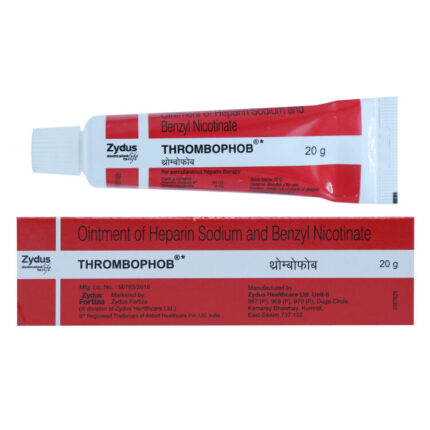
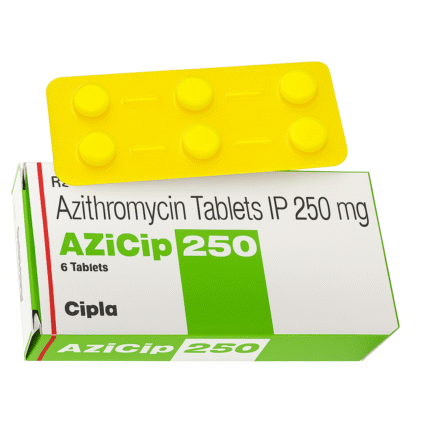
Reviews
There are no reviews yet.